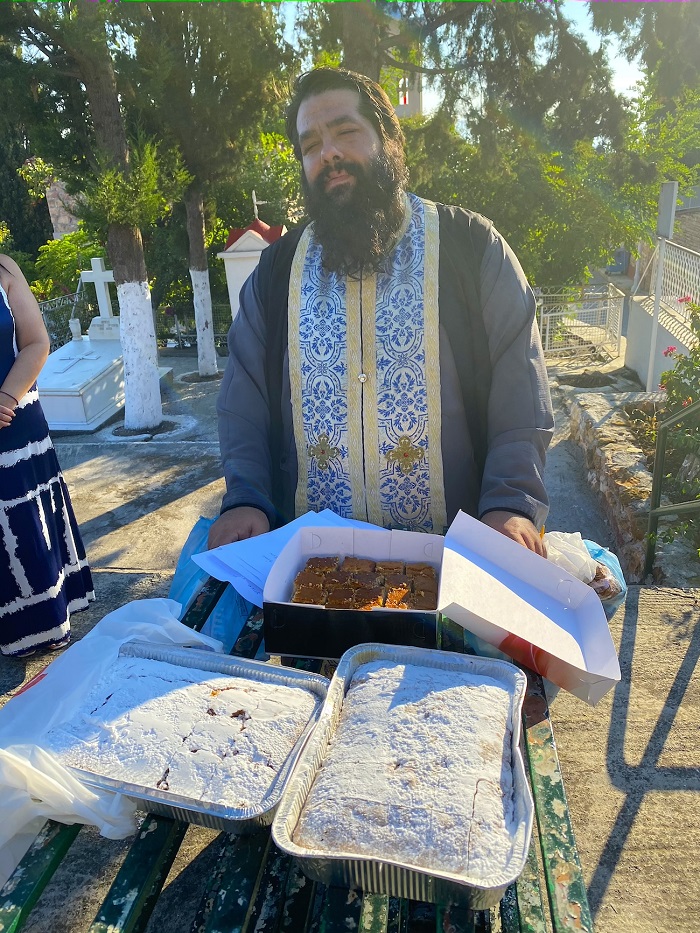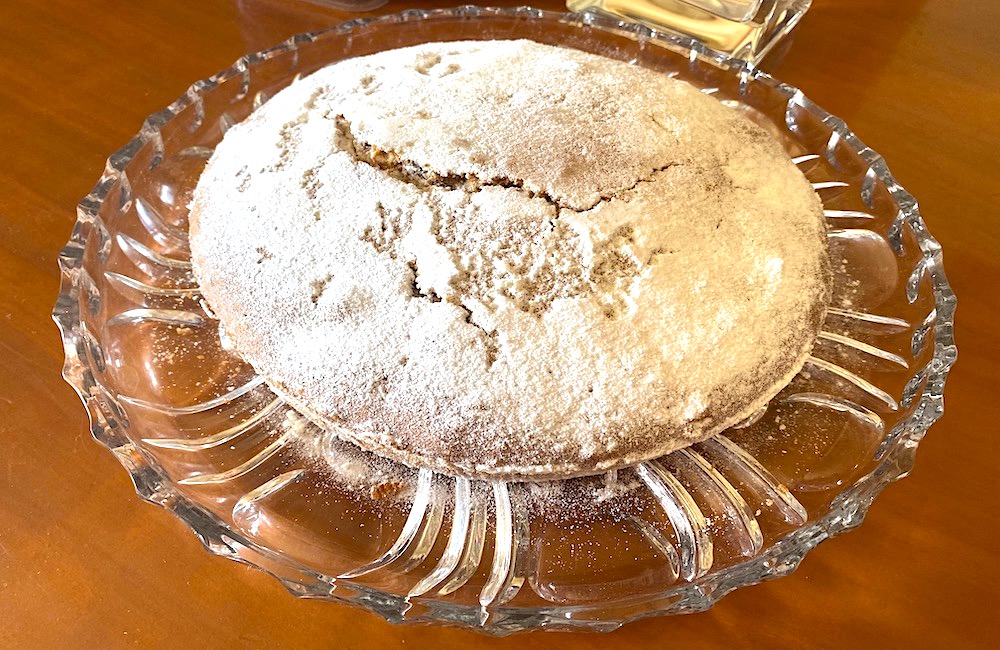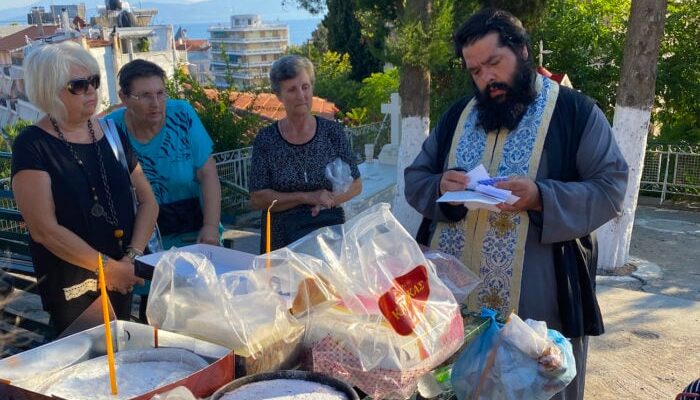August 27th marks the celebration of St. Fanourios, and, to honor him, Greek women typically bake a Fanouropita, or Saint Fanourios Pie, in hopes of finding something they have lost.
The martyr is known for helping the faithful find lost items whether they be physical objects, or metaphorical ones, such as hope.
Single women and those who are sick or in distress bake the pie to find out the name of their future husband, a cure for their ailments, or a solution for their problems.
There is a prayer that is said while making the pie that asks for St. Fanourios’ help in finding the object that the baker is looking for.

The pie is then brought to a Greek Orthodox Church, where it is blessed during vespers, or evening prayers, and then distributed among the parishioners. Traditionally, at least nine people should eat a piece of the pie.

Recipes for the fanouropita vary from region to region in Greece
Recipes for the fanouropita vary from region to region, and many women have developed their own secret recipes to make the most delicious pie. These recipes are then passed down through the family.
Commonly used ingredients include raisins, crushed nuts, spices such as cinnamon and clove, and sesame seeds. However, recipes can vary widely. As it is a fasting pie, it never includes butter, eggs, or other animal products, making it vegan.
Regardless of differences between the pies, they are all made with either seven or nine ingredients. Both numbers have been considered sacred and powerful since ancient times. They also have religious significance.
Depending on the recipe, a fanouropita can either be delicious or less than tasty. Traditionally, women closely guarded their fanouropita recipes, but now, many recipes can be found online.
Icon of St. Fanourios found in 1500
The tradition began on Rhodes, where an icon of St. Fanourios was found in 1500 and later spread throughout Greece.
There was no literature available in the church prior to discovering his little church on Rhodes so not much is known about St. Fanourios’ life other than the images of his martyrdom on his icon.
The only literary evidence that supports a historical date, relating to this saint, is documented in the book Lives of the Saints, which testifies that the icon on Rhodes was discovered around 1500 AD. Some sources support the opinion that the icon was discovered in Cyprus and not on Rhodes.
A 2008 research paper on folklore suggests that there are two manuscripts. The first is the mention of a miracle included in the Cod. Vat. Gr. 1190 from 1452, which was written on Crete. It was published in the Acta Sanctorum. The second manuscript originates from Heraklion, dating from 1600 to 1640. Both of these manuscripts describe a miracle that took place on Rhodes which caused the saint’s fame to spread from Rhodes to Crete.



